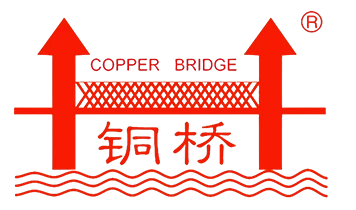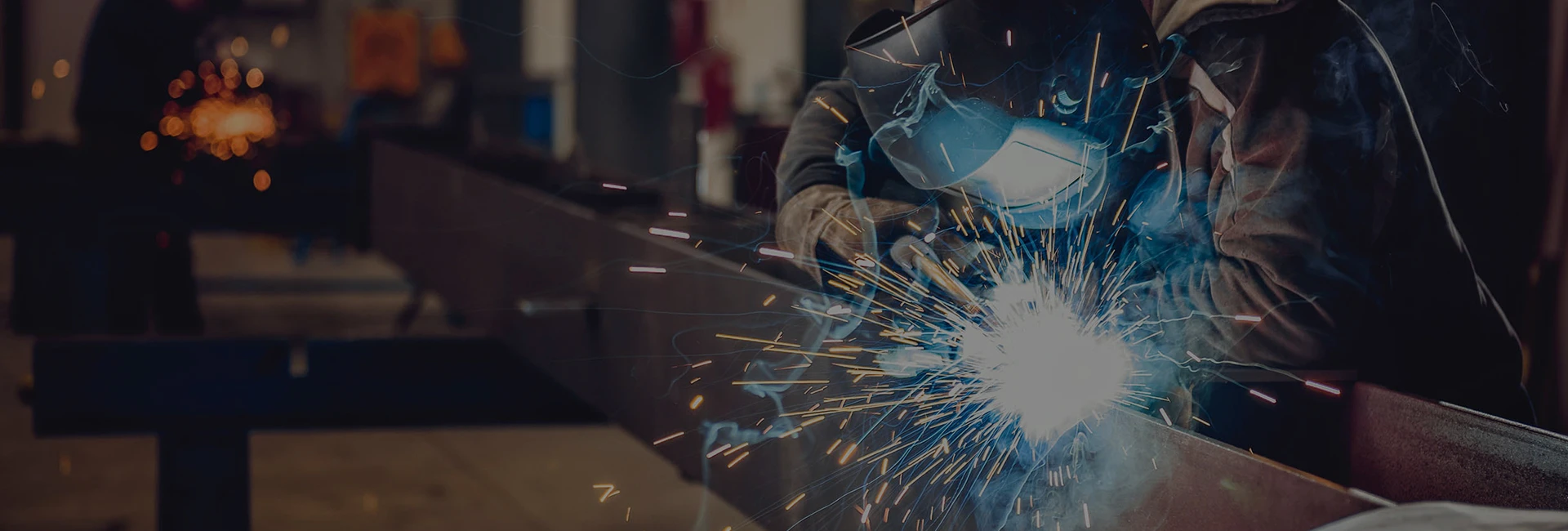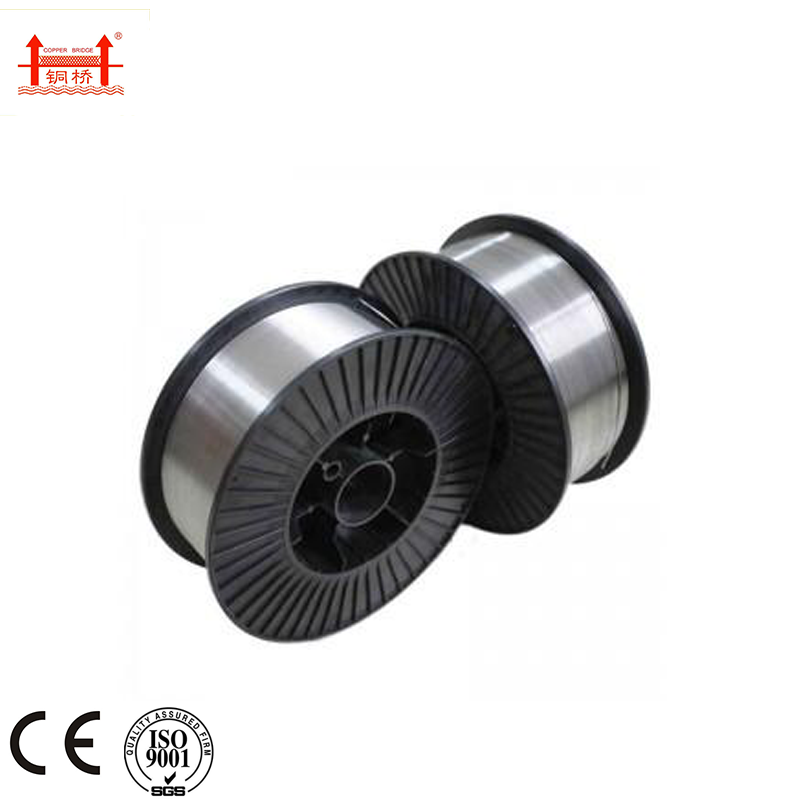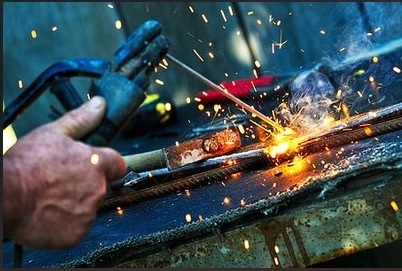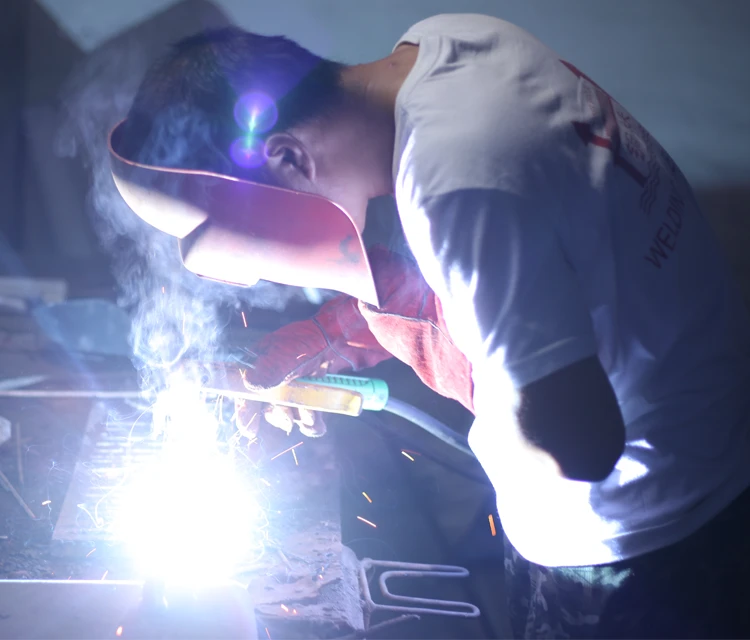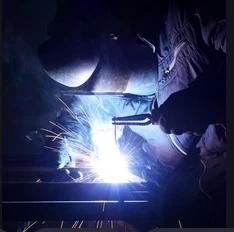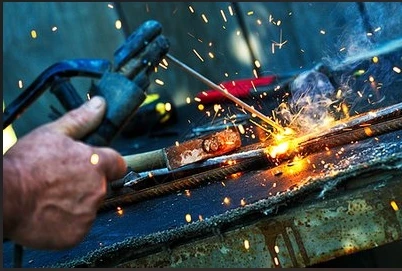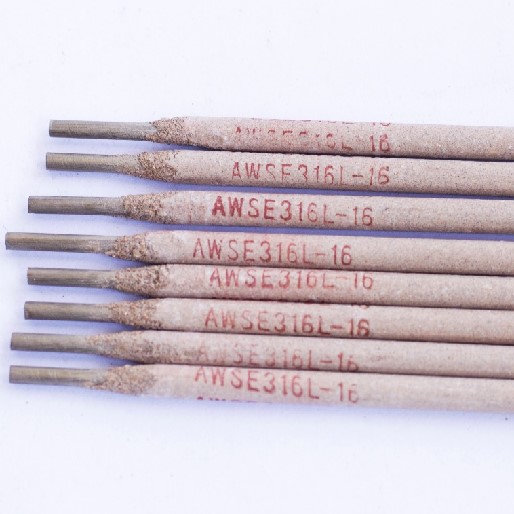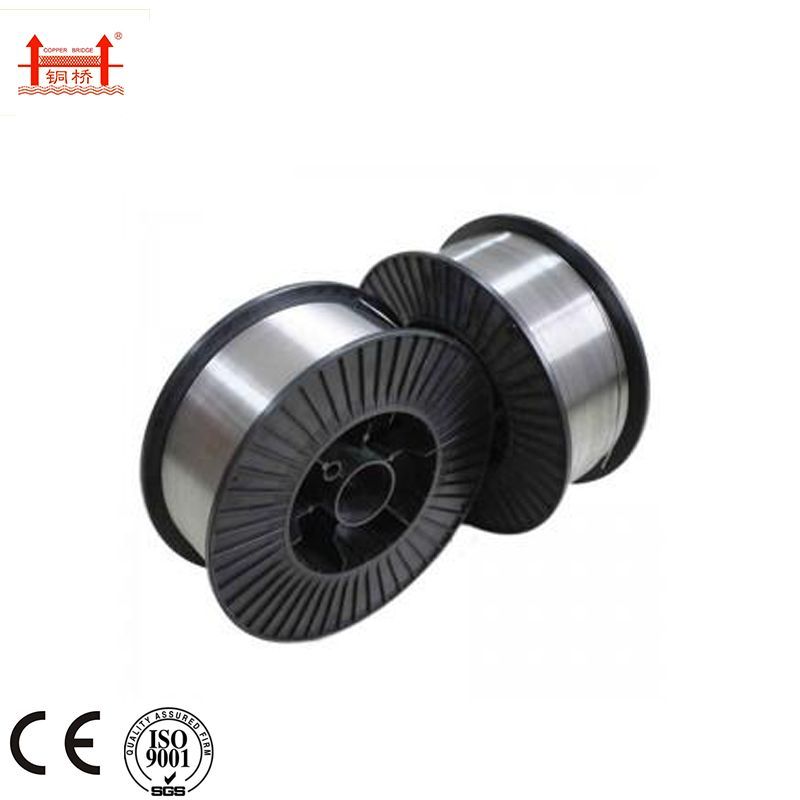Gas Shielded Welding Wire — Low Spatter, Clean MIG Welds
Nov . 07, 2025 16:55
Field Notes on Modern Welding: Why Gas Shielded Welding Wire Still Wins on the Shop Floor
If you’ve spent any time around body shops, shipyards, or heavy fab lines, you know the conversation: arc stability, spatter, downtime. The unsung hero? A well-made gas‑shielded solid wire. Jinlong’s Gas-shielded Solid Welding Wire—made in Liusu Industrial Area, Dingzhou City, Hebei, China—lands squarely in that sweet spot of predictable, clean welds with honest pricing. And to be honest, that’s what most supervisors really want.

Where it’s used (and why it’s everywhere)
CO2/Ar-CO2 gas-shielded welding, born in the 1950s, is now entrenched across automotive frames, construction machinery, shipbuilding, metallurgy equipment, bridges, rolling stock, petrochemical pipelines, boilers, and pressure vessels. Many customers say switching to this wire trimmed cleanup by a noticeable margin—sometimes 15–25% spatter reduction in real plants, though sure, results vary with parameters and joint prep.
Quick advantages
- Stable arc with 100% CO2 or Ar/CO2 mixes, low fume, tidy bead appearance.
- Good puddle wetting on galvanized or slightly rusty steel (within reason).
- Predictable mechanicals that meet AWS/ISO classes when run per WPS.
- Service life: ≈24 months shelf life if kept dry (
Technical snapshot
| Item | Spec (≈ typical) |
|---|---|
| Typical Grades | ER70S-6 (AWS A5.18) / G3Si1 (EN ISO 14341-A) |
| Diameters | 0.8, 1.0, 1.2, 1.6 mm |
| Shielding Gas | 100% CO2 or Ar/CO2 (80/20 to 92/8), per WPS |
| UTS / YS / El | ≈ 520–560 MPa / 420–480 MPa / 20–28% |
| Impact Toughness | ≥47 J @ −30°C (typical test coupon, mixed gas) [1][2] |
| Packaging | D200/D300/K300 spools; 5–15 kg; vacuum/foil options |
| Shelf Life | ≈24 months sealed; use soon after opening |
Process flow (how it’s made)
Materials: low-alloy wire rod, cleaned and drawn; then copper coated (or copper-free finish) and precision spooled. Methods: multi-pass drawing, intermediate anneal, ultrasonic cleaning, controlled copper thickness, laser diameter checks. Testing: chemical analysis (C, Mn, Si), tensile/impact per AWS A5.18/EN ISO 14341, diffusible hydrogen (ISO 3690), bend tests, and spatter/arc stability trials under CO2 and Ar/CO2. Acceptance and packaging per AWS A5.01 procurement rules. Service life depends a lot on storage; moisture is the enemy.
Real-world feedback and test data
On a chassis line, we ran 1.0 mm with 20% CO2 mix at 24 V / 8 m/min. Spatter mass came in around 1.8 g/min versus a baseline 2.5 g/min—about 28% down. Bead wetting on fillets looked clean, with minimal rework. A shipyard welder told me, “arc is calmer on vertical-up than the last batch,” which, honestly, is what you hope to hear.
Vendor comparison (quick take)
| Vendor | Typical Grade | Diameters | Certs | Lead Time | Price Level |
|---|---|---|---|---|---|
| Jinlong (Hebei) | ER70S-6 / G3Si1 | 0.8–1.6 mm | ISO 9001, ISO 14001; ABS/LR on request | ≈2–4 weeks | Value |
| Brand A (Global) | ER70S-6 | 0.8–1.6 mm | Broad marine/class approvals | ≈1–3 weeks | Premium |
| Brand B (Regional) | ER70S-6 | 1.0–1.6 mm | ISO 9001 | ≈3–5 weeks | Budget |
Customization and fit-up tips
Options include copper-coated or copper-free finishes, D200/D300/K300 spools, and private-label packaging. For robotic cells, tighter cast/helix control helps TCP repeatability; ask for the tighter tolerance batch. For galvanized steel, consider slightly higher Si/Mn wires to improve wetting (within spec), and tune inductance to calm the arc.
Case studies (short and honest)
- Automotive: reduced post-weld grinding by ≈20% over three months on seat frames.
- Pressure vessel fab: passed impact tests at −30°C with Ar/CO2; WPS qualified to AWS D1.1 and ASME IX.
- Shipbuilding: improved vertical-up control; fewer burnbacks reported on 1.2 mm wire.
If you’re scanning spec sheets, look for compliance with AWS A5.18 and EN ISO 14341, plus low diffusible hydrogen numbers per ISO 3690. That’s your baseline. After that, let the weld pool tell you the truth.
Gas Shielded Welding Wire remains the workhorse because it’s consistent, cost-effective, and—when paired with a sensible WPS—just works.
Authoritative references
- AWS A5.18/A5.18M: Specification for Carbon Steel Electrodes and Rods for Gas Shielded Arc Welding.
- EN ISO 14341-A: Welding consumables — Wire electrodes and weld deposits for gas shielded metal arc welding of non alloy and fine grain steels.
- ISO 3690: Welding and allied processes — Determination of hydrogen content in ferritic steel weld metal.
- AWS A5.01: Filler Metal Procurement Guidelines.
- GB/T 8110: Solid wires and rods for gas shielded welding of carbon and low-alloy steels.
Related Video


